Patterns
Kits
sundries
knitting tools, buttons and notions, project bags and other pleasing little things
knitting tools, buttons and notions, project bags and other pleasing little things
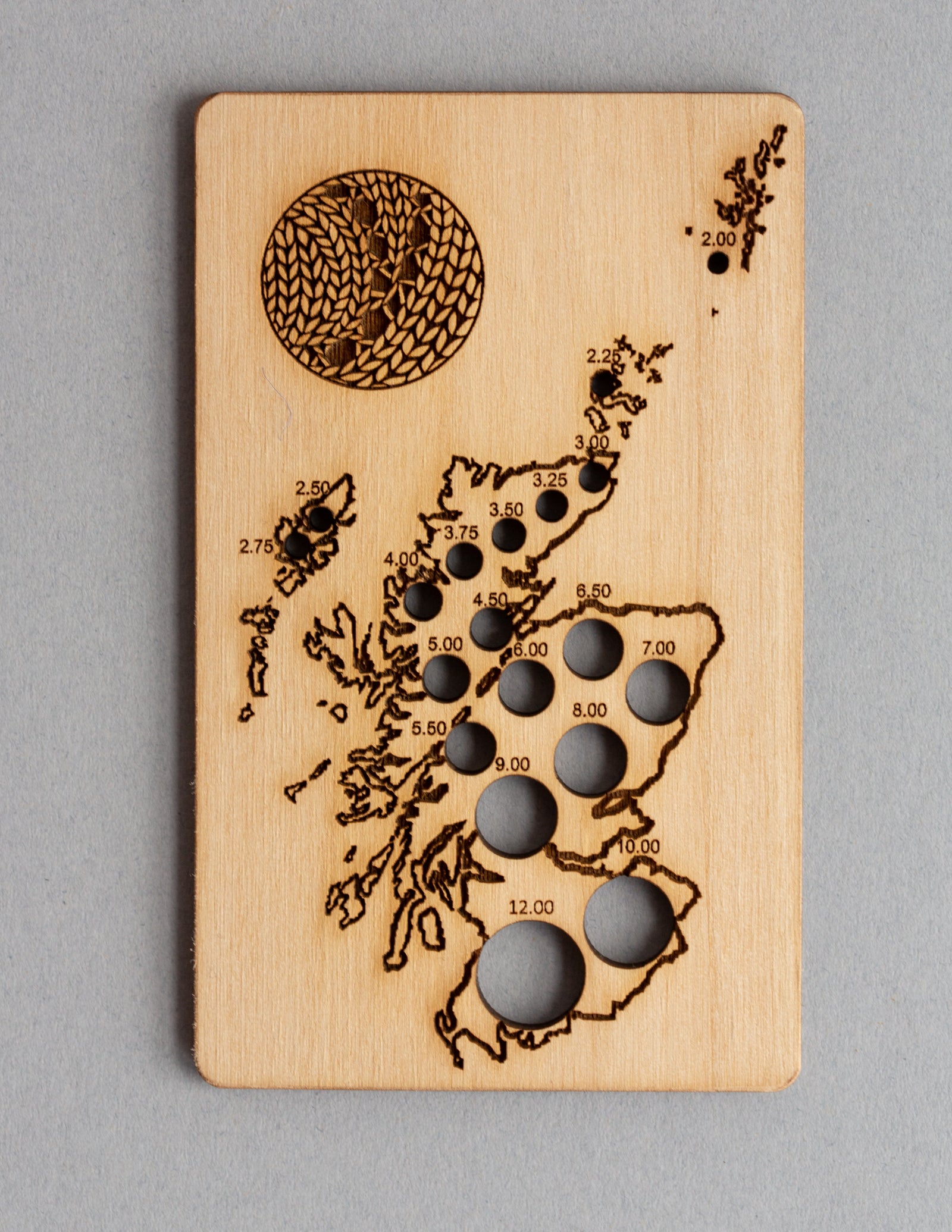
Exclusive Scotland needle gauge by Katrinkles
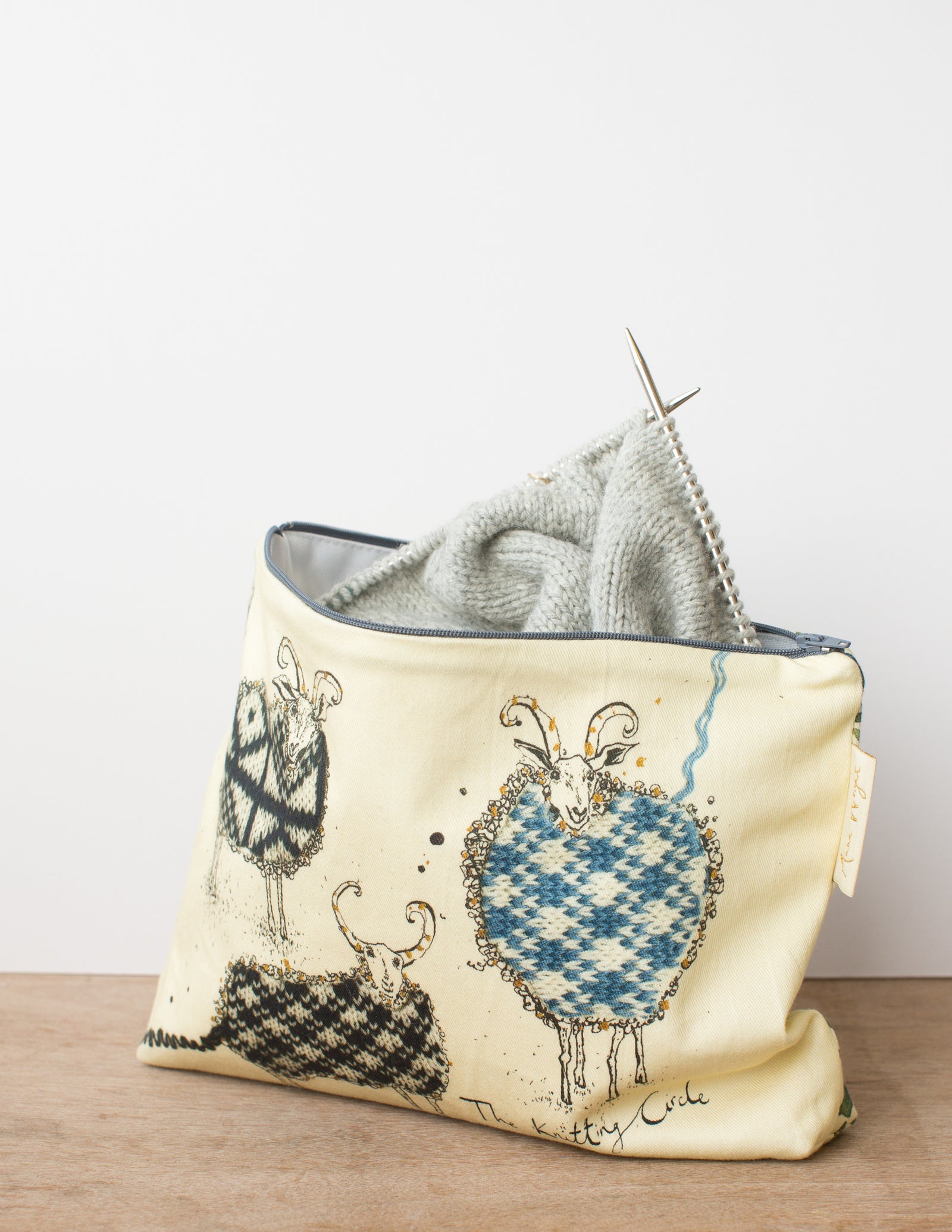
Zippered pouches in two sizes by our studio neighbour Anna Wright
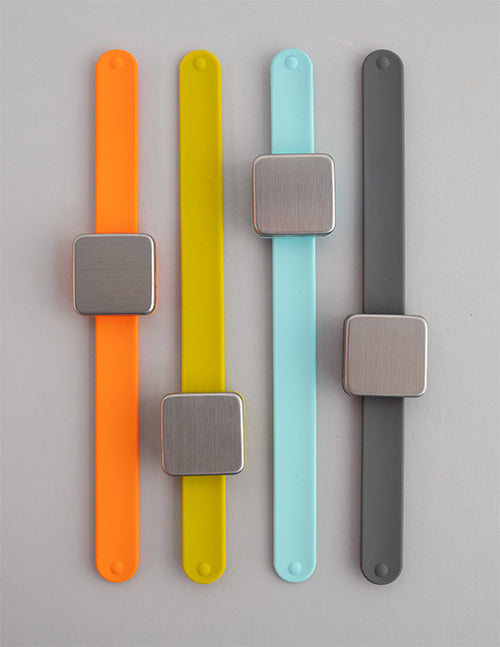
keep small tools accessible with the Maker's Keep
gift 2019
Subscribe to our Colourwork Club for a gift that lasts well into the new year. Your recipient will receive a new colourwork kit in Janurary, February and March
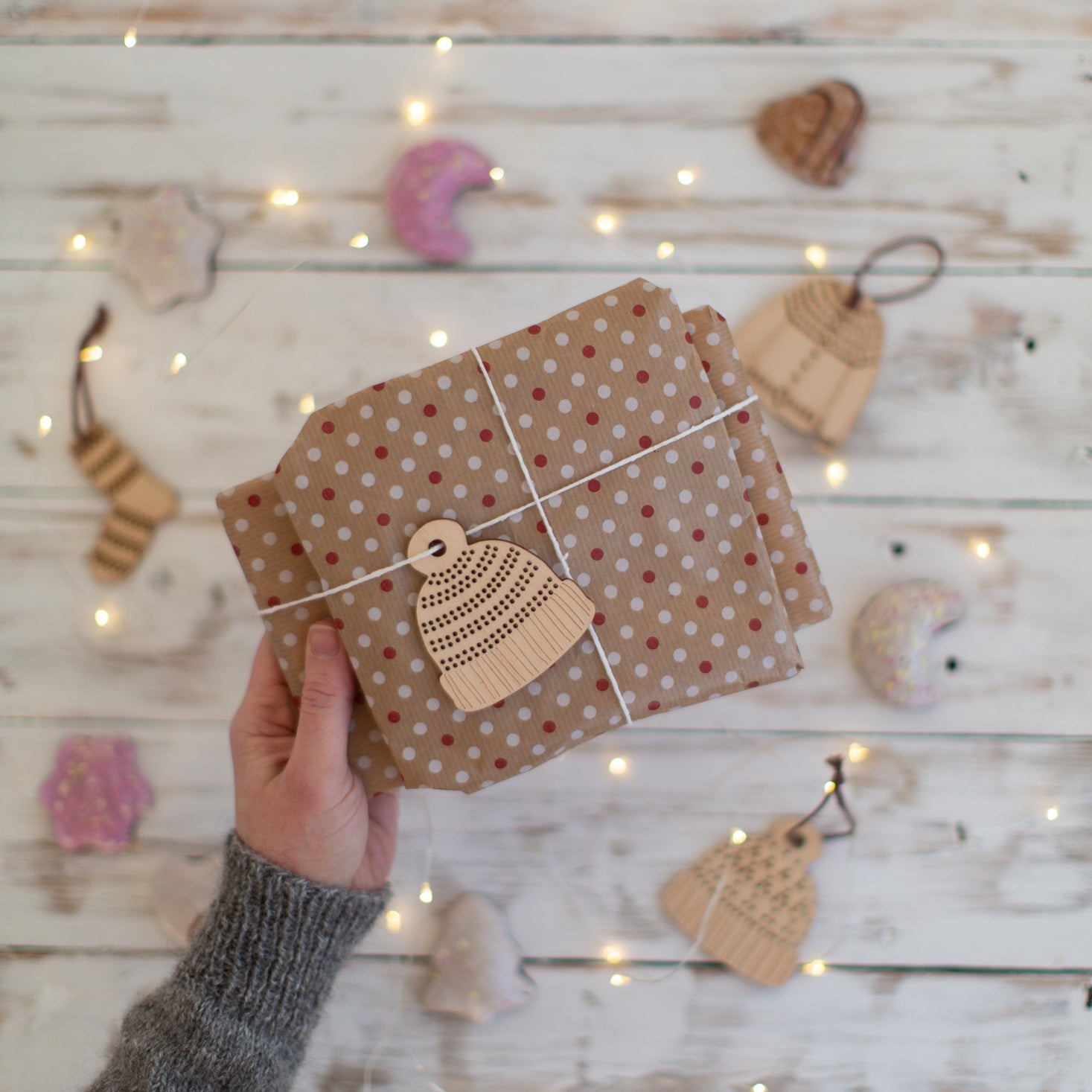
Subscribe to our Colourwork Club for a gift that lasts well into the new year. Your recipient will receive a new colourwork kit in Janurary, February and March

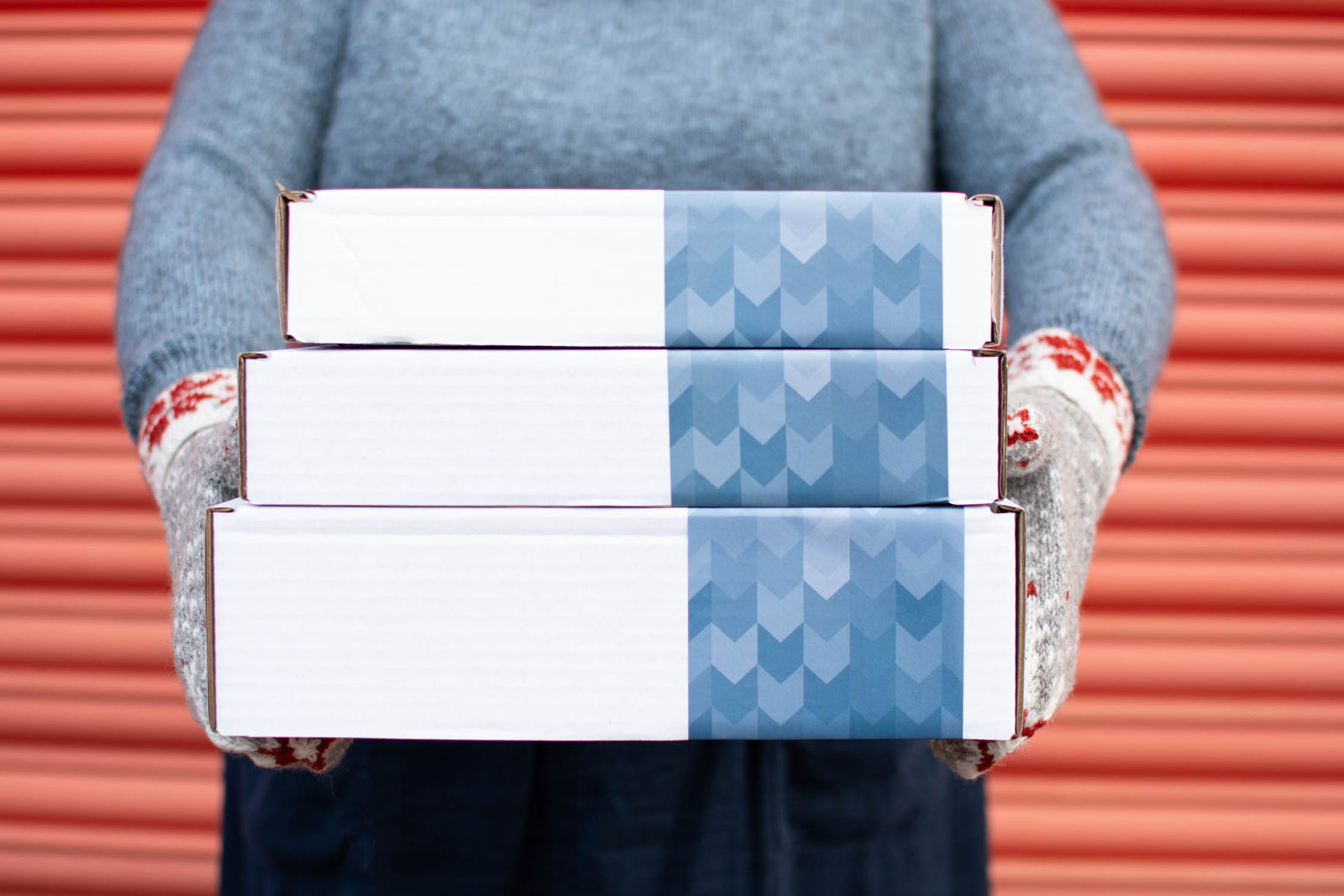
Last minute shopping? Gift cards are delivered electronically - forward the email or print it for your recipient. A range of amounts are available and gift cards don't expire.


Broughton mittens tutorial part 1
April 02, 2020
The Broughton mittens include an optional flip-top opening which allows you to use your fingers without taking your mittens off. The flip-top opening, and the thumbs, are created using an “afterthought” method, although it’s not a true afterthought because we’re planning for it. This method is often used to add sock heels, or pocket openings and is a very useful technique to learn. For a true afterthought opening, eg. if you got so into the movie you were watching that you forgot to turn a heel and ended up with a long tube instead of a sock, you snip the yarn where you want the opening to be and unravel it across. The resulting live stitches are placed on needles and you can knit your heel, or edgings, or pocket, straight up from them.

Adding scrap yarn for the openings
For the planned afterthought method in the mittens we’ll make the unravelling easier by knitting in some scrap yarn where the opening will be. I particularly like that this method means all the fussy finishing on this project can be grouped at the end, and you can work both mittens to that stage before opening them up.
Knitting in the scrap yarn is simple: drop the working yarn, and using scrap knit across the indicated stitches, turn the work so the wrong side is facing, and purl back across the same stitches. Break the scrap yarn to a length that won’t unravel or get in your way, pick the working yarn back up and continue from exactly where you left off in the charted pattern.

We’ll come back to how to remove the scrap yarn, and pick up the resulting live stitches in a later post. For now, you can continue to shape the top of the mitten.

Shaping the tip of the mitten
The top of the mittens, with their classic point that’s perfect for a button-loop, are shaped by working a centred double decrease on each side, on every round. As a reference point, so you can check your decreases are in the right place, the centre stitch of the double decrease should continue the column of MC that runs up each side of the mitten.
How to work a centred double decrease (CDD)A centred double decrease is worked by slipping two stitches together knitwise (insert the right needle in the same way as you would for a knit 2 together, and then slip the stitches off the left needle); knit the next stitch and then pass the slipped stitches over this stitch (in the same way as you pass stitches over for a bind off). If you need a video there’s a good one here.
Arranging stitches before beginning the decreasesThe pattern directs you to rearrange the stitches "so that the column of MC stitches between the top of the hand and palm are in the middle of needles rather than at the beginning". This is because each centred double decrease will consume one stitch from the palm and one stitch from the back of the hand. If you don’t rearrange the stitches before beginning you’ll constantly have to move stitches between needles to work the decreases.
If you’re knitting with two circulars or magic loop simply rearrange your stitches so that the needle junctions are at the centre of the palm and centre of the back of the hand. For dpns arrange stitches on three needles (rather than 4) so that two needles have more stitches and one has fewer, and the decreases will be in the middle of the needle. As you decrease you’ll eventually need to rearrange the needles and may find that you can work with the stitches divided only between two needles, a method commonly used for small items by knitters in Shetland.
Working the first decreases


On the left mitten pictured here the first decrease is worked by working in pattern to 1 stitch before the end of the palm stitches. The decrease uses the next three stitches and you can see that the dark MC stitch in the centre is on top of the stack of decreased stitches.

The second decrease is worked in the same way, by working to 2 stitches before the end of the back of hand stitches.
Catching floats while decreasingAs you continue the decreases you’ll find that, towards the tip of the mitten, there are some longer stretches of stitches worked in MC. To avoid long floats that the wearer’s fingers could be caught in you’ll want to catch the floats when working these decreases.
We looked at how to catch floats of the dominant (pattern) yarn colour when working the Bellfield hat, but here the float is the non-dominant CC1 yarn which I’m holding in my right hand. How you catch the float will be a little different depending on how you hold the yarns, and you can absolutely drop both yarns, twist them, and pick them back up again. Here’s how I catch the float without dropping the yarn.


Slip the first two stitches of the decrease together as normal. Then, insert the right needle into the next stitch, bring the non-working yarn to the left, below the needles so that it’s crossing the working yarn and hold it in this position while you complete knitting the stitch and passing the slipped stitches over.

Bring the non-working yarn back to its usual position.


You can see the caught lighter grey strand at the wrong side.
Completing the tip
When all of the decreases have been worked 4 stitches will remain on the needles. Note that the left mitten chart shows 5 stitches on the final round, this is because the first stitch is worked at the beginning of the round and then incorporated into the last decrease at the end.


You can either break the yarn and draw it through the remaining stitches to close the top, or work I-cord for a buttonloop.
Read all colourwork club blog posts. The next post in this series will cover removing the scrap yarn, finishing the flip-tops and adding the linings.If you're not a member of the Colourwork Club all three patterns can be purchased together here.
Also in Journal
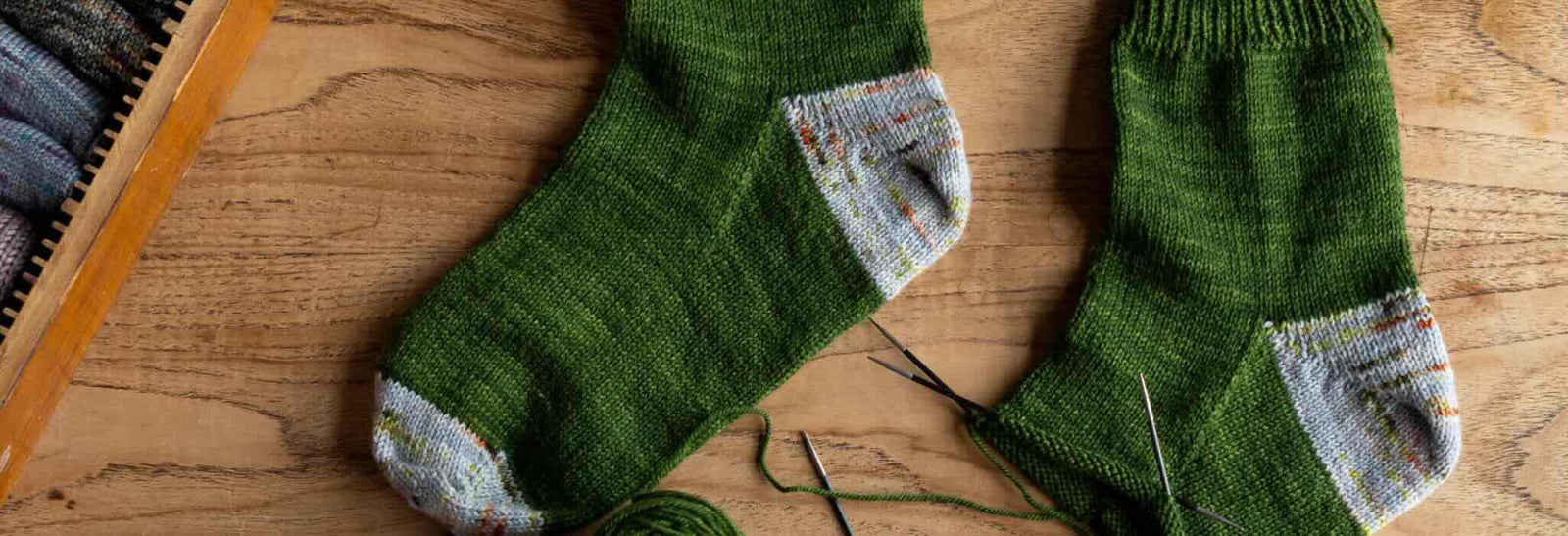
Deep Shadow Heel Tutorial
September 25, 2025

20 Years of Ysolda Knitting Patterns: Part 2
June 23, 2025

20 Years of Ysolda Knitting Patterns: Part 1
June 19, 2025
Recent Articles
-
Deep Shadow Heel Tutorial
September 25, 2025
-
20 Years of Ysolda Knitting Patterns: Part 2
June 23, 2025
-
20 Years of Ysolda Knitting Patterns: Part 1
June 19, 2025
-
Learn to Knit: Mattress Stitch
March 29, 2023
-
How to Knit a Scarf: A Beginners Guide to Scarf Knitting
March 23, 2023
-
Learn to knit: the long tail cast-on
February 03, 2022
-
How to Graft Your Knitting
December 09, 2021
-
Crochet Provisional Cast-on
December 02, 2021
-
Learn to knit: How to knit in the round with double pointed needles
November 25, 2021
-
Learn to knit: How to knit in the round using the magic loop technique
November 25, 2021
Free resources
-
KALS, step-by-step pattern guides and free patterns
Learn brioche with the free Daniel's Hat pattern
Tombreck - a free chevron beanie pattern
Working the brioche neck detail on the Polwarth sweater
Installing a zipper and ribbon, finishing wee Carson
Yarn colour ideas for Threipmuir sweater
Additional colourways for the Joy mitts (choose your pride flag)
How to join the shoulders on Wardie
How to join the pockets on Granton and Wardie
Finishing Resources for Granton
Broughton mittens tutorial part 1
Broughton mittens tutorial part 2
Broughton mittens tutorial part 3
Basics
Casting on
Decorative Channel Island Cast-on
Binding off
3 Easy Stretchy Bind-offs (p2tog bind-off; k2togtbl, k1 bind-off; Jeny's surprisingly stretchy bind-off)
Tubular Bind-off for brioche stitch
Increasing
Paired increase methods compared
How to continue in pattern while increasing and decreasing
Decreasing
Brioche stitch double decreases
Knitting in the round
How to Knit in the round using Magic Loop
How to Knit in the round using DPNs
Short rows
Swatching and gauge
Tips and tricks
Avoiding ears when binding off
Tighter purl stitches for neater cables and ribbing
Cabling without a cable needle
How to knit more symmetrical yarn overs
Bust darts in sweaters with all over stitch patterns
A magic formula for evenly distributing shaping
Superwash v Non-Superwash Wool
Picking up sts from the middle of the fabric
Reading knitting patterns
Understanding "continue in pattern"
Help! Where am I in my knitting project?
Using charts, even if you hate them
Finishing
Garment knitting
Joining the body and sleeves on a seamless bottom up sweater
Sizing
Ysolda’s sizing chart for knitwear designers
Inclusive garment knitting
How to pick a garment without a model for you (specifically addresses finding garment patterns when your gender identity isn't represented and the styles you want to knit might not be sized to fit your body)
How does ease affect inclusive size ranges?
Specific stitch patterns
Lace
Identifying and fixing mistakes in lace knitting
Colourwork
Getting started with stranded colourwork
Understanding colour dominance
Working stranded colourwork over small circumferences
Decreases in stranded colourwork
Holding the yarn for stranded colourwork
Ladderback Jacquard (a neat way to deal with long floats)
Cables
Cabling without a cable needle
Cabling without a cable needle on the wrong side
How to knit cabled decreases
Closed ring cable increases and decreasesBrioche
How to work brioche stitch in the round
Other crafts
Cross stitch
How to begin your first large cross stitch project
How to finish a cross stitch project with an embroidery hoop frame
Mending

Sign up today
Find out the latest news from the studio such as sales, pattern releases, and new workshops or KALs our learning community, The Knitwork. We also share helpful tips and exclusive subscriber discounts...




